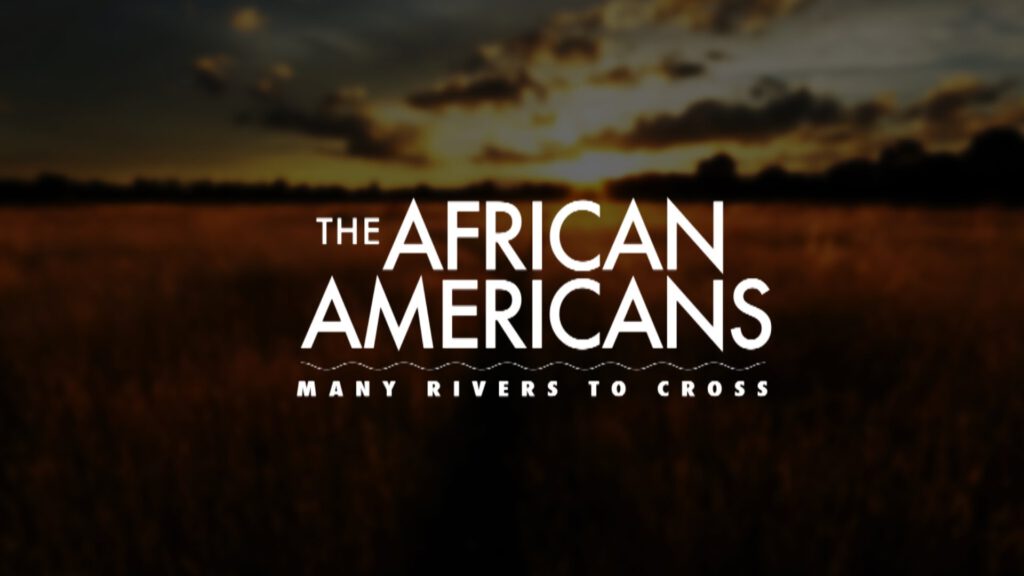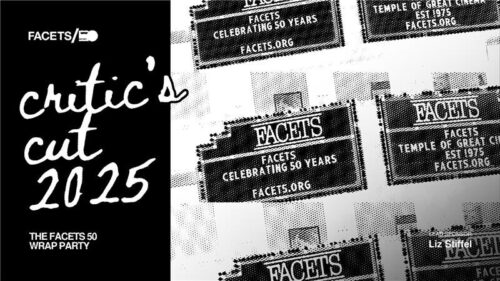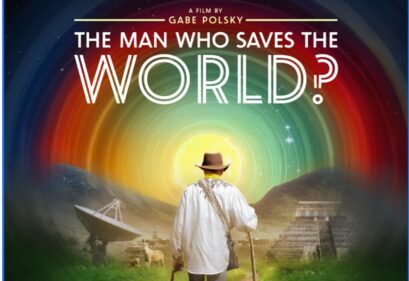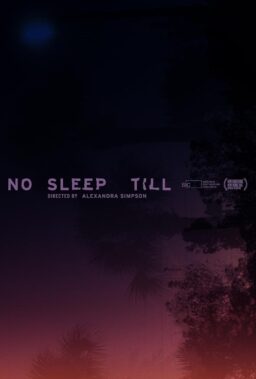The following review was written by Kinnedy Broughton, a Chicago high school student, as part of Columbia College Chicago’s Columbia Links journalism program for high school students. RogerEbert.com has partnered with the Chicago Urban League and Columbia Links to mentor these students and to give them a platform for their writing. Read more about the program here.
2 stars
The birth of
slavery and how it found its way to America is unclear to many. Sabin Streeter
directs and produces the Peabody, Emmy and NAACP Image award-winning
documentary, “The African Americans: Many Rivers to Cross,” a PBS mini-series
highlighting the roots of slavery in the United States.
While
watching Episode 1, this reviewer observed that this is the second movie during the
Black History Month film fest that features aspects of slavery not commonly
taught in most high school curriculums. Although the documentary focuses heavily on Europeans and
their treatment toward African-American slaves, slavery does not start with the
Europeans. This unbiased documentary allows its audience to become further
informed.
There’s a
big use of animation to describe the gruesome and graphic details presented by
narrator Henry Louis Gates Jr. For example, African women slaves sterilized
themselves with wood, nails and other sharp objects to avoid having children
with white slave holders who raped them on the ships; some slaves committed suicide while on slave ships in fear of their fate. However, the
soundtrack is immensely distracting in these scenes. Used to emphasize and dramatize scenes,
the music switches from tribal to classical to action movie-like scores and is
awkward throughout.
The
documentary uncovers facts students can’t get from the average textbook: Haiti
becomes the world’s first black republic when slaves overthrow the white power
structure (one omission: how the slaves do this and who leads the rebellion).
The U.S. Capitol building in Washington, D. C., was in fact built by slaves and
the Native American statue atop it that symbolizes freedom was cast and mounted
by enslaved African-Americans, as ironic as that is.
“Many Rivers
to Cross” exposes the hypocrisy and corrupt system of how America was built.
Slaves created America with their bare hands and weren’t paid a cent for any of
it.
This
documentary is engrossing, informative and unleashes the truth about slavery
and what it really was. It does this with inspiring stories, significant
artwork and modern, slick animation. There is, however, not enough depth within
its narration. For anyone who knows their African-American history, this documentary
only skims the surface. The facts are new and shocking to discover by flipping
what you thought you knew before watching the film; these facts just aren’t
developed enough. Despite its flaws, Gates leaves us with this: Slaves built
this country and, if anything, slaves built a culture.











